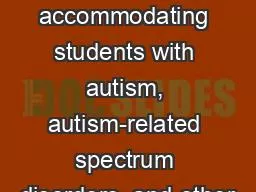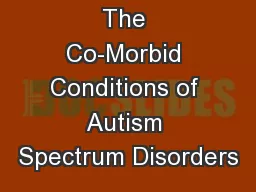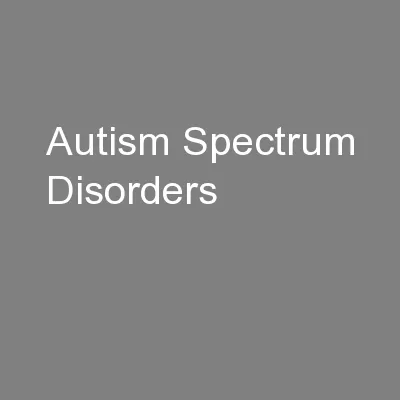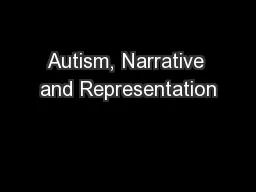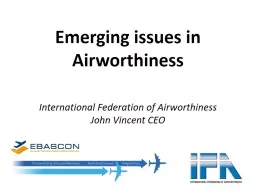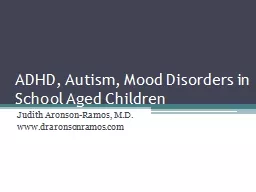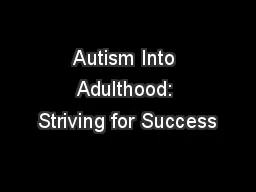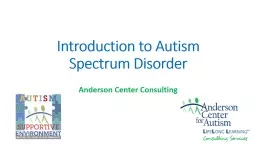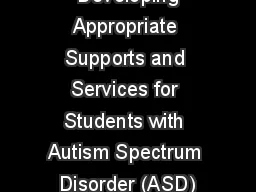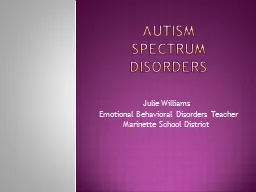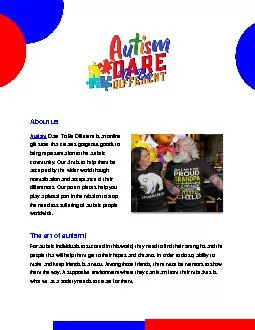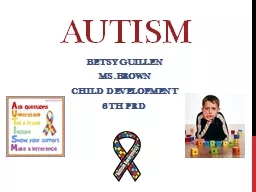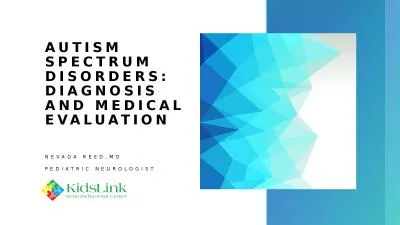PPT-Emerging issues in accommodating students with autism, autism-related spectrum disorders,
Author : radions | Published Date : 2020-11-06
Dr M anju Banerjee VP and Director LCIRT Landmark College manjubanerjeelandmarkedu Jeffrey J Nolan JD Dinse Knapp amp McAndrew PC wwwdinsecom Agenda ADA Definitions
Presentation Embed Code
Download Presentation
Download Presentation The PPT/PDF document "Emerging issues in accommodating student..." is the property of its rightful owner. Permission is granted to download and print the materials on this website for personal, non-commercial use only, and to display it on your personal computer provided you do not modify the materials and that you retain all copyright notices contained in the materials. By downloading content from our website, you accept the terms of this agreement.
Emerging issues in accommodating students with autism, autism-related spectrum disorders,: Transcript
Download Rules Of Document
"Emerging issues in accommodating students with autism, autism-related spectrum disorders,"The content belongs to its owner. You may download and print it for personal use, without modification, and keep all copyright notices. By downloading, you agree to these terms.
Related Documents

